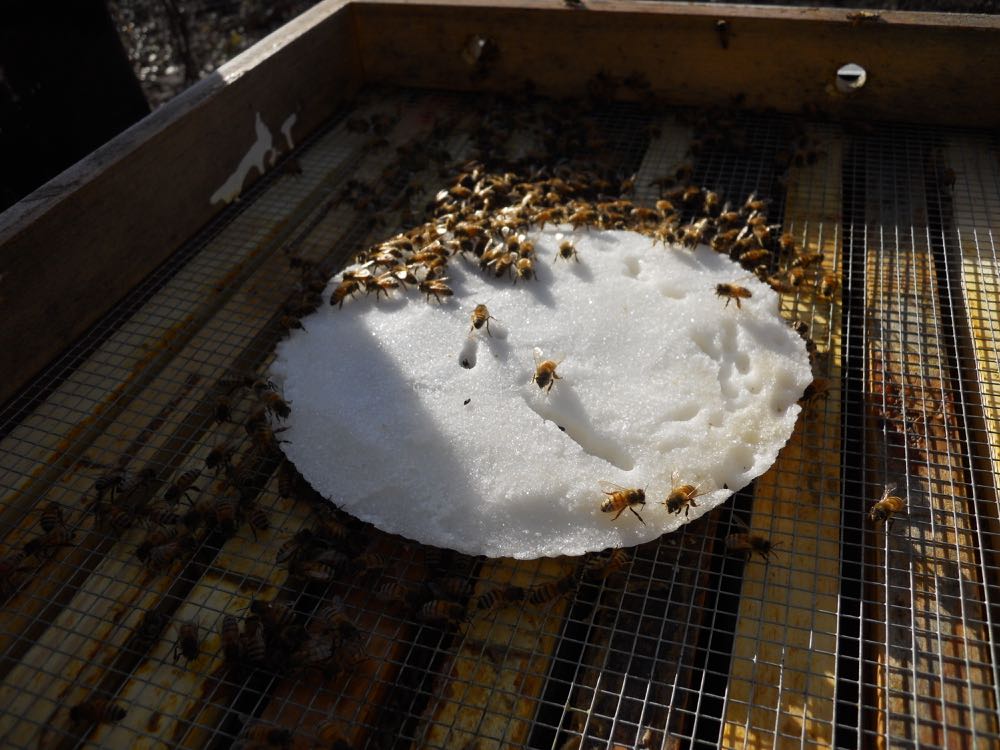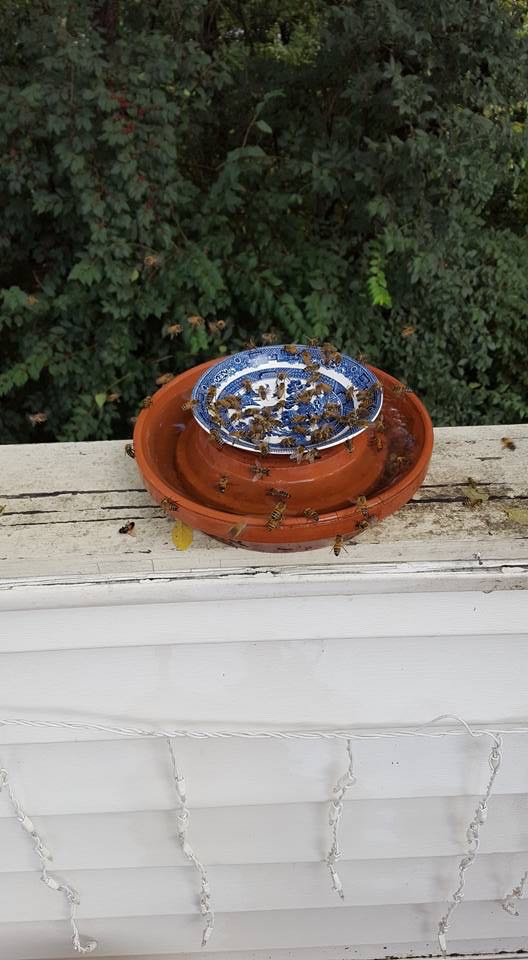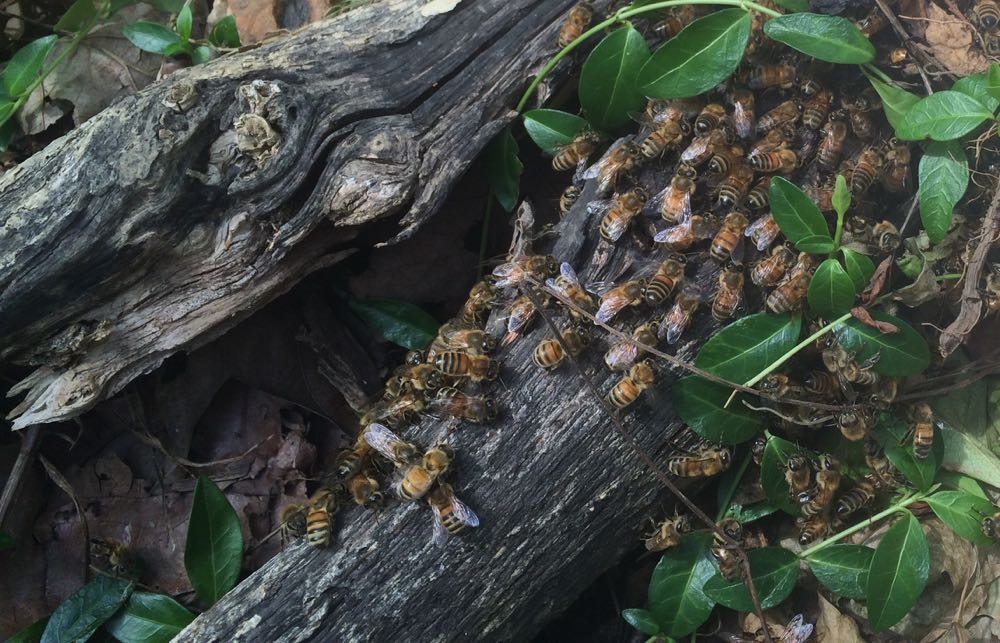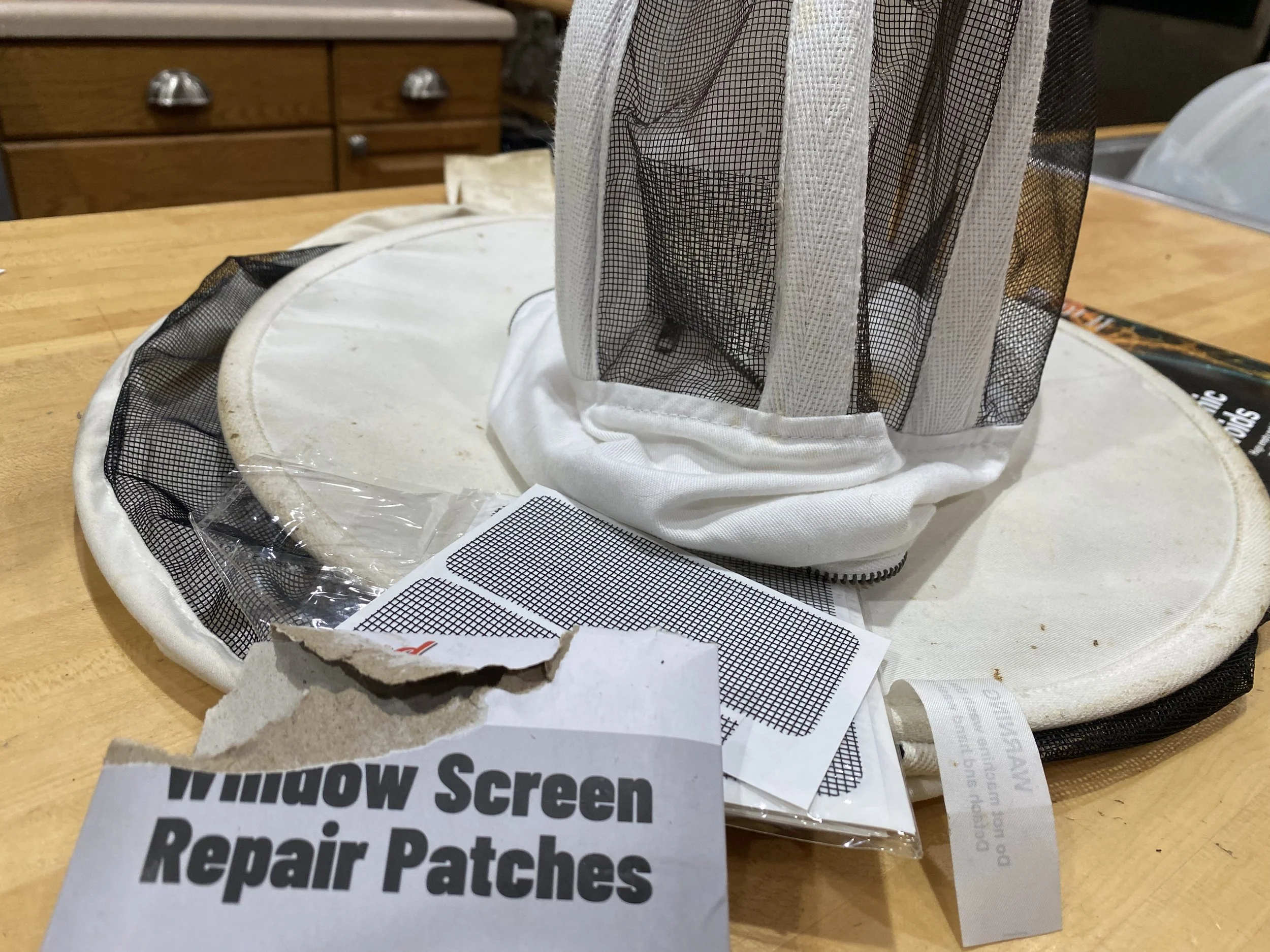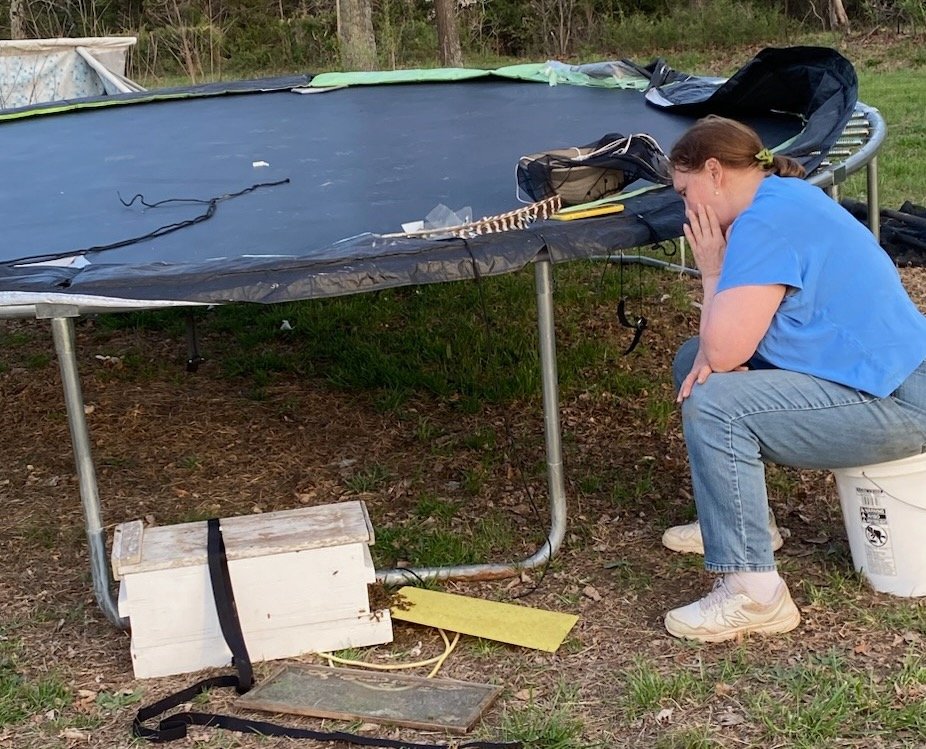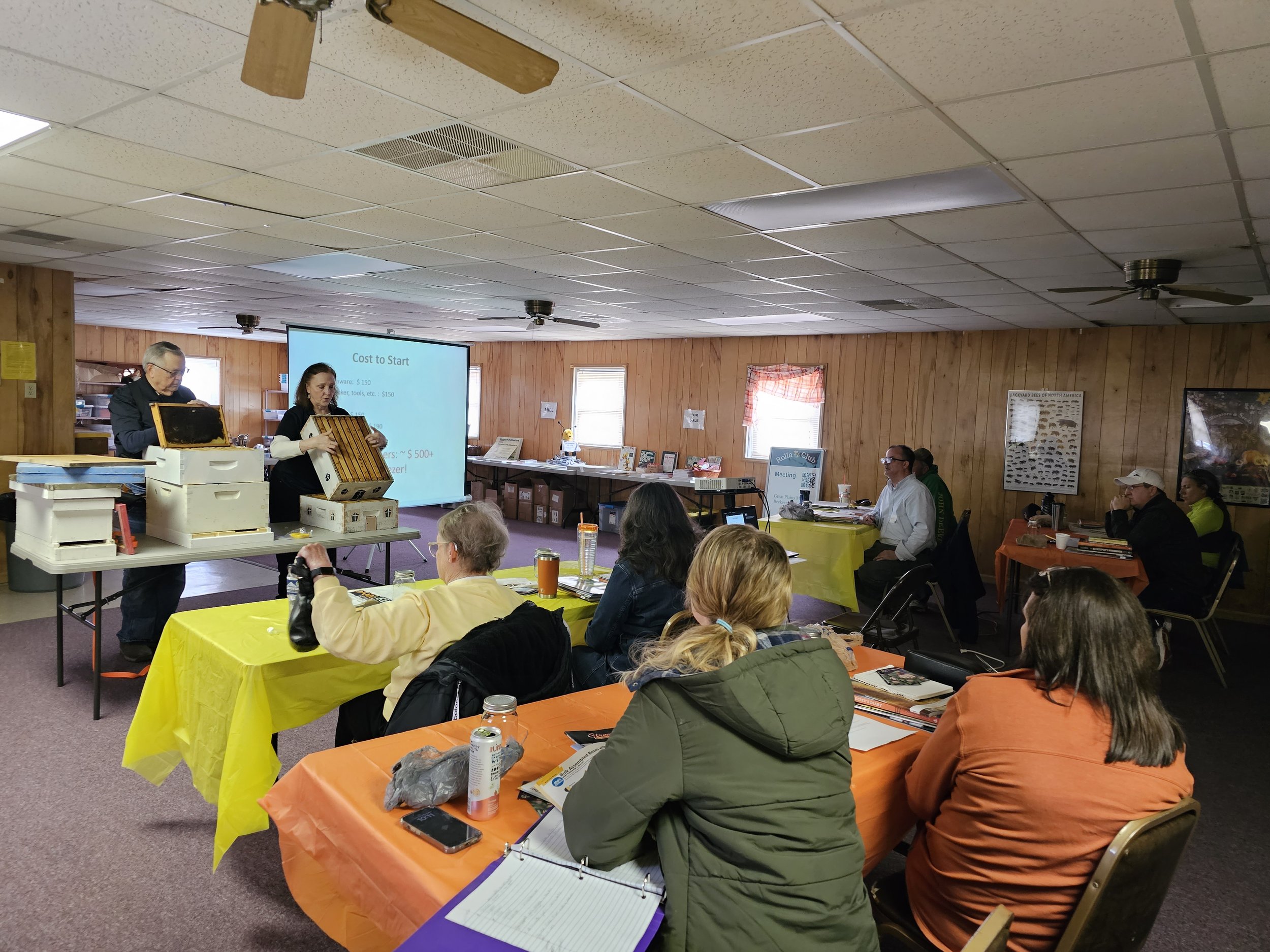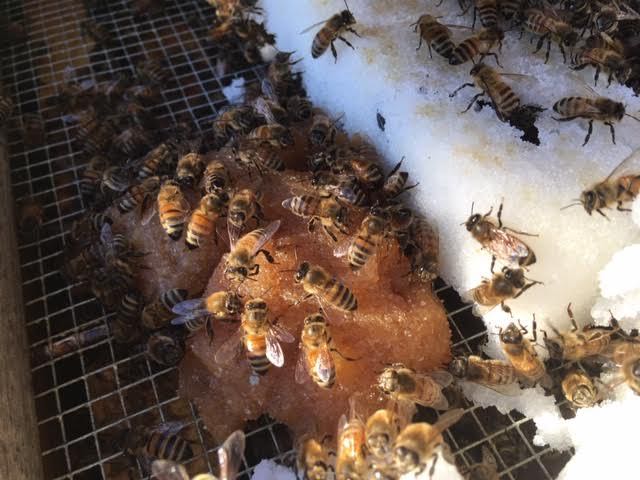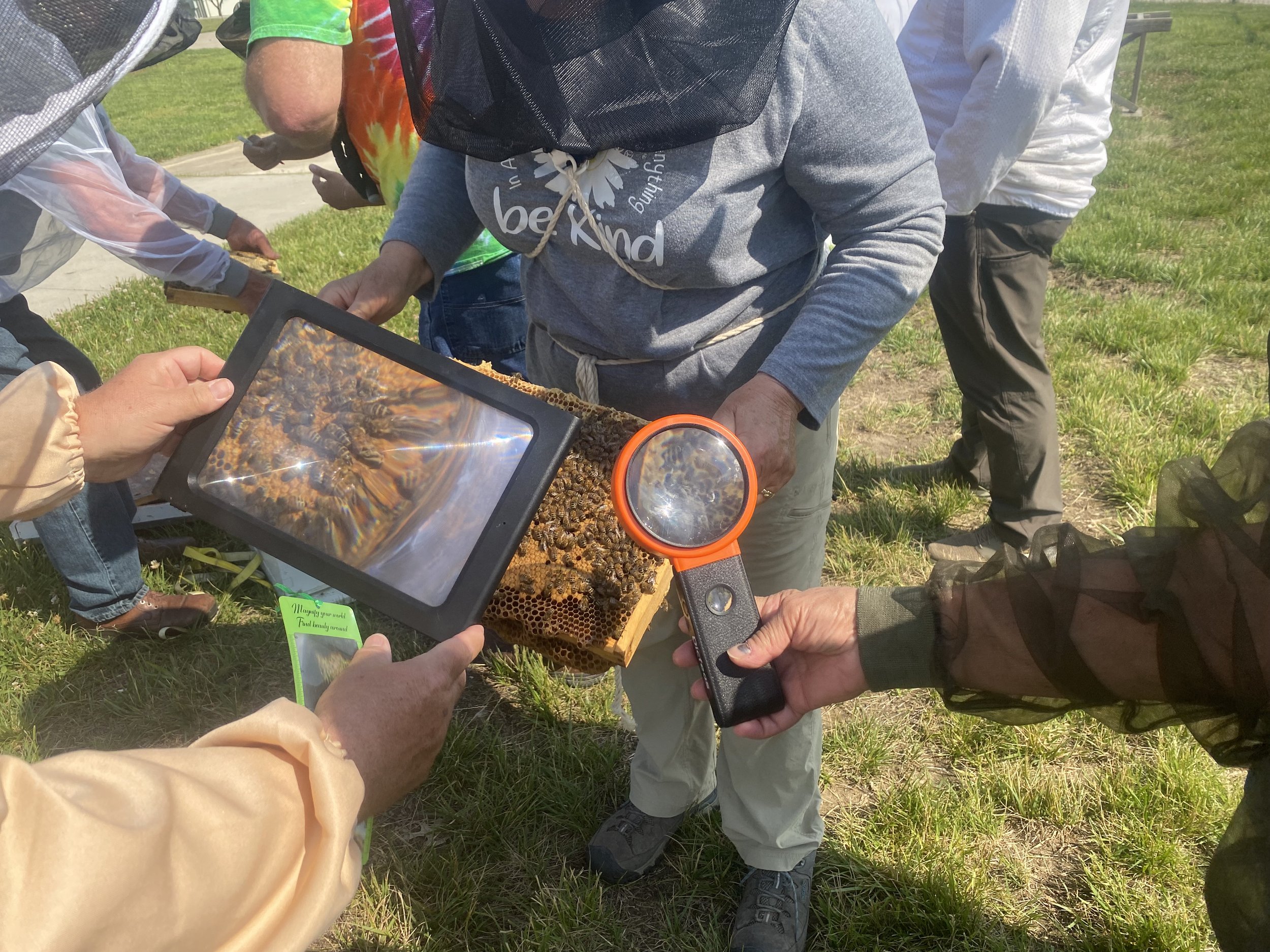"My 2nd year in buzzing and the small hive beetle has wiped out 3 of my 4 hives, please help!" -- Wayne
Charlotte: I am SO sorry, small hive beetles can be devastating. These invasives are originally from sub-Sahara Africa and seem to be thriving this year in mid-Missouri in our record hot summer temperatures. What do you have left in the remaining hive?
Things to Have on Hand as You Inspect
Plastic garbage bags; newspapers or dark sheet; plastic gloves; extra super or nuc box; phone to photograph frames for future reference; small hive beetle traps and mineral oil or swiffer cloths; access to another hive for brood and stores.
If you have plastic gloves from hair products, use those. Gardening gloves may be more flexible than your leather beekeeping gloves.
If you don't have them in your beekeeping arsenal, plan on buying a box of plastic surgery gloves from Dollar stores. They come in handy when you need more finger dexterity.
Distinct Hive Smell
Whenever you inspect your colonies, the first thing you should always check is the smell of your hive. Does it smell clean or, better yet, like honey?
When looking for small hive beetles, when you open the lid, does it smell like dirty socks? If so, you have small hive beetle larvae in and sliming your frames. They need to be removed as quickly as you can.
Unlike wax moths, which take over a weak hive, small hive beetles can take over a strong hive within days.
Preparing to Inspect Colony for Small Hive Beetles
First, cover the ground around your hive with cardboard, newspaper, a dark sheet - you want to prevent small hive beetle larvae from falling off frames into soil to pulpate.
Be Prepared to Strike Quickly
Once you have the area around your hive covered, remove your leather gloves and pull on the plastic ones. If you have gentle bees, these gloves will work. The gloves will give you more flexibility as you go after small hive beetles to kill them.
Open your hive back up and be prepared to quickly kill every small black bug you see. They gravitate to dark areas, such as under the telescoping cover, so be prepared to strike as soon as you lift off the cover. Use your hive tool, your gloved hand, whatever is handy and don't be merciful, you need to kill every small hive beetle you come across.
If you are feeding, also check under your feeder, they also like to congregate there.
I also tend to find small hive beetles themselves in end frames so remove the second frame from the outside, inspect, then be prepared to quickly kill small hive beetles quickly moving around those end frames.
Safeguard Your Queen
Now that you have a little room to move around the hive, find your queen and set her in a nuc or a super box so she's safe while you inspect the rest of your frames.


